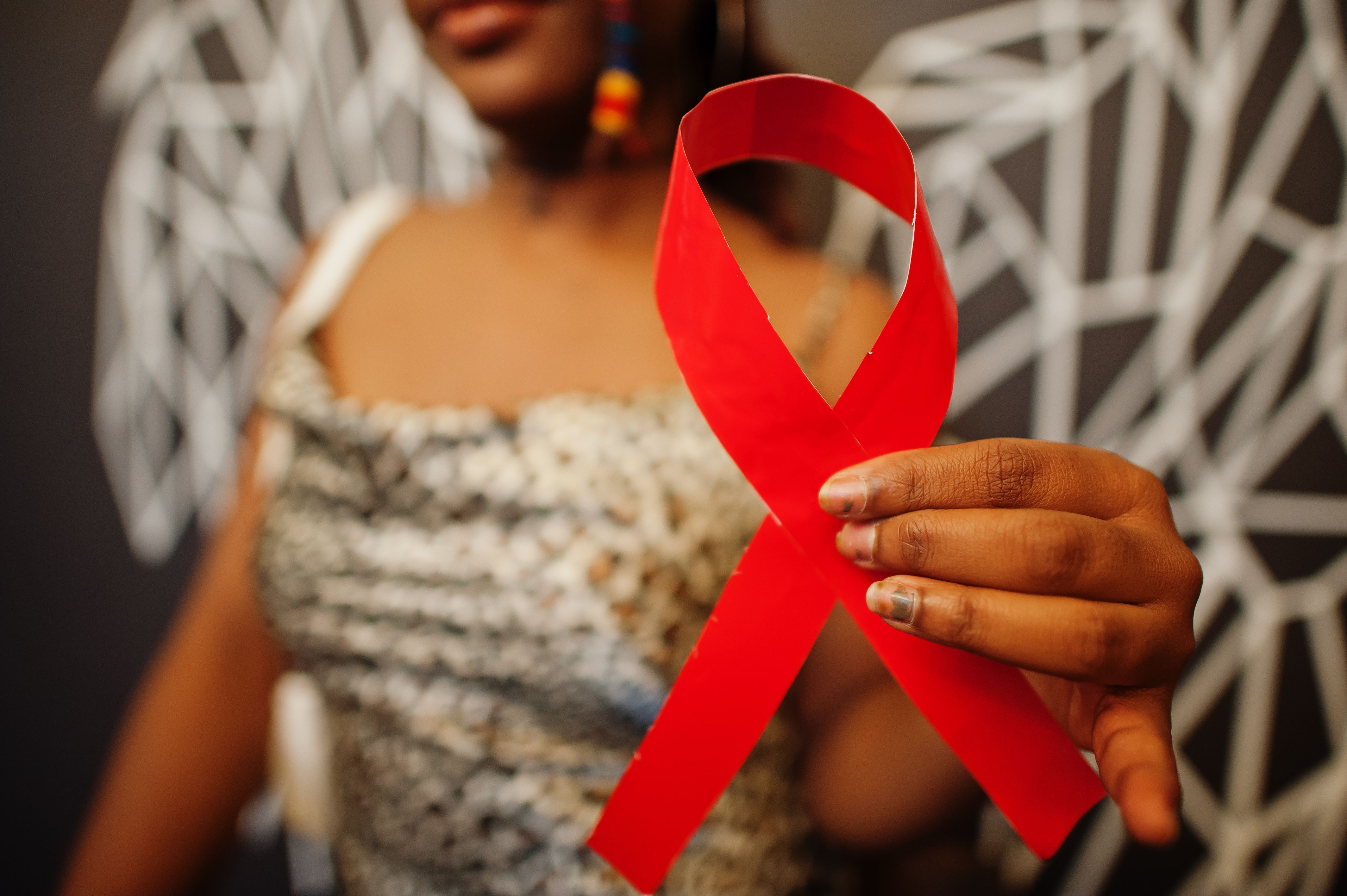Article
Highlighting Progress, Need for Improvement in HIV Epidemic Ahead of World AIDS Day
Author(s):
As the world observes World AIDS Day 2018 on December 1, WalletHub has released an HIV/AIDS report in an effort to increase awareness about the virus.
As the world observes World AIDS Day 2018 on December 1, WalletHub has released an HIV/AIDS report in an effort to increase awareness about the virus.
The 1980s marked the height of the HIV/AIDS epidemic, with more than 59,000 Americans dying from the virus. Since its start, the epidemic has accounted for more than 690,000 thousand deaths.
Now, nearly 40 years later, there are 1.1 million people living with HIV in the United States, and approximately 39,782 Americans become infected with HIV each year, according to the WalletHub report.
Among those living with HIV, 15% don’t know they’re infected, and 40% of new HIV infections are transmitted by people who are living with undiagnosed HIV. Nearly 1 in 4 (23%) people diagnosed with HIV are simultaneously diagnosed with AIDS, and more than 12,000 people die each year of AIDS.
While there is still more work to be done, more than half a trillion dollars spent on HIV/AIDS and major clinical advances have led to significant strides in reducing mortality and improving the quality of life among people living with the disease.
“In the next 50 years, really in the next 10-20, what we have the potential to do is truly achieve epidemic control of HIV, both in the US and globally,” said Jared Baeten, vice chair, global health, professor of epidemiology, University of Washington, in a statement. “We have, right now, the best testing, treatment, and prevention strategies that we’ve ever had, and putting them together has the potential to get every person living with HIV treated and able to live a full and healthy live and to effectively eliminate the chances of new transmissions occurring.”
Most notably, the advent of pre-exposure prophylaxis for HIV prevention and antiretroviral therapy (ART) for HIV treatment have changed the course of HIV/AIDS. PrEP, marketed as Truvada, reduces the risk of acquiring HIV by more than 90%. Between 2012—when the treatment gained approval for HIV prevention—and 2016, the number of PrEP users in the United States increased by 880%, with an average 73% increase year over year.
For people living with HIV, ART has resulted in longer lifespans for people living with the disease. According to the WalletHub report, there has been a 10-year increase in the life expectancy of a 20-year-old who started ART in 2010 compared with a 20-year-old living with HIV in 1996.
With the need for more progress in combatting the epidemic, WalletHub asked HIV/AIDS experts how state and local authorities can reduce transmission of the disease. Recommendations from the experts included: reducing stigma, expanding universal HIV testing for all people at risk for HIV, and prioritizing efforts to reduce the large and ongoing racial/ethnic disparities.
Newsletter
Stay ahead of policy, cost, and value—subscribe to AJMC for expert insights at the intersection of clinical care and health economics.





